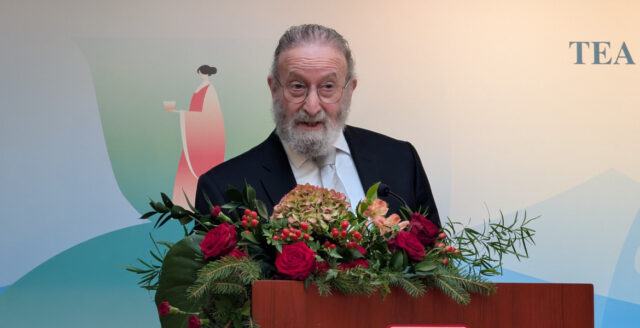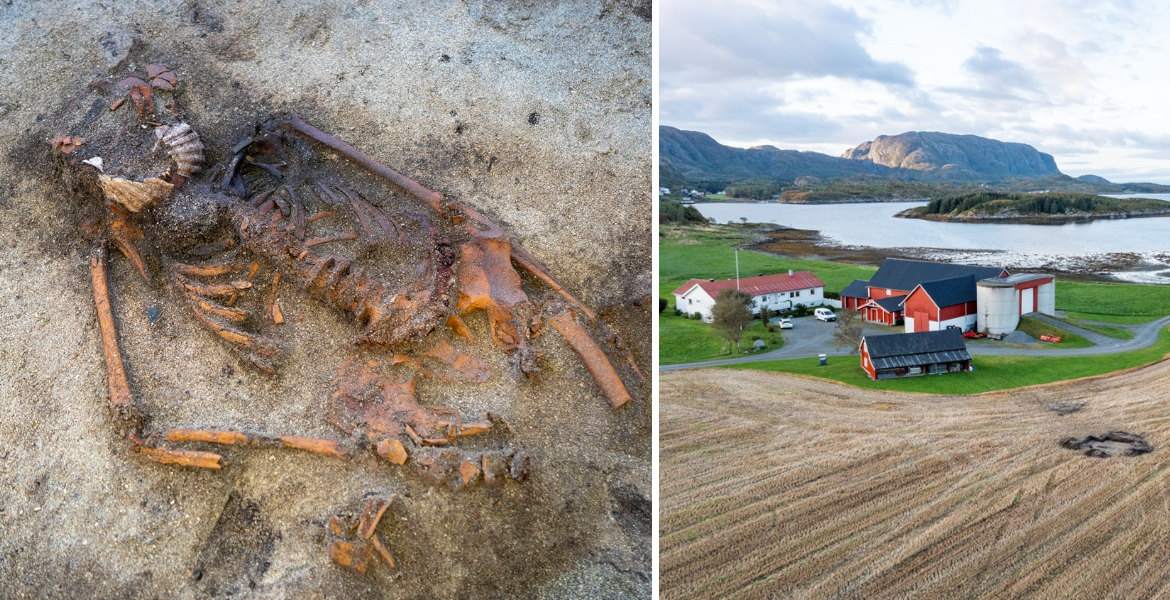Tomorrow, Sunday, marks the beginning of Shrovetide (Fastlagen) followed in the week by Fat Tuesday (Fettisdagen).
In the old days, there were stories about Shrovetide and the celebrations on those days. "In olden times, Lent was celebrated for several days in a row" and people "drank day and night" before Lent. The festivities, unlike Lent itself, were not a church celebration but a "tolerated collection of antics".
Today, Shrovetide buns, or semlor in Swedish, remain a strong tradition in Swedish society.
On the eve of the first day of Lent, it is traditional to practice the old Shrovetide customs, which hardly exist today. Fat Tuesday, or White Tuesday, is the last of the three days of Lent and traditionally falls on the Tuesday 47 days before Easter. This means it can occur between February 3 and March 9. It is preceded by "Pork Saturday" and "Pork Sunday", followed by "Blue Monday".
Ash Wednesday is the first day of Lent. In Catholic churches, the priest traditionally draws a cross on the forehead of the faithful - a way of reminding them of their own mortality, but also of the resurrection.

Festivities
The Swedish word for Lent, fasta, comes from the German "fastelabend" or "fastelanen. Although Lent is a Christian doctrine, Lent as a celebration does not have an exclusively "ecclesiastical core". In the past, the celebration around it was a kind of "tolerated collection of antics to compensate for all the merriment that was not allowed to be breathed during Lent".
"In olden times, Shrovetide was celebrated several days in a row" and could last a week. People would play "Tuesday games", and Lenten reeds, which was common in the past, refers to "whipping" each other with reeds, which is why we have Easter reeds today. It is supposed to be a symbolic reminder of Jesus' suffering and to provide penance, which is said to trace "back to pagan Roman times".
But it was the "fasting races" that gave it its character, it is said. People dressed up in masks, men in women's costumes and women in men's costumes, would run through the streets and engage in "all sorts of antics and madness". There were also races between men and women, with the women running only in 'bare linen', which is said to have been common at least in Skåne in the mid-18th century. However, this was considered somewhat indecent and laws were later introduced to restrict the practice.
Predicting the weather
In the pre-industrial farming society, the three days of Shrovetide were considered by many to be good days for predicting the weather. For example, long icicles on the night of Shrove Tuesday were a good sign that straw and flax would grow long. If the day of Lent was clear and sunny, there would be a good grain harvest. If, on the other hand, it thawed with a drops of water falling off the roofs' edges on Fat Tuesday, the cows would milk well during the summer and the grain would be as big as the water droplets.
Fastlagsbullarna still lives on
Today, the Shrovetide buns, fastlagsbullar or semlor in Swedish, is a tradition that remains strong in Swedish society. In 2022, for example, around six million buns were sold on Fat Tuesday, and it is said that over 50% of Swedes eat a bun on that day.
They are also known as "fettisdagsbullar" (Fat Tuesday buns) and have their ancestors in "hetvägg", which refers to hot, cooked wheat buns. The word "hetvägg" comes from the German "heisse wecke" meaning hot rolls. Later, semla was served in hot milk.
It was not only eaten as a fasting bread, but also after a large and fatty meal. In Dalarna, for example, "root vegetables and potatoes and meat and pork were eaten", according to the records of the Nordic Museum. On Öland, Gotland and in Småland, 'kroppkakor' with meat and pork inside were eaten instead. In Uppland, Södermanland and Värmland, people ate fettisdagskött, which was boiled pig's feet.
The word semla comes from the German "semel" and the Latin "simila", which means fine wheat flour. The semla we eat today, with almond paste, cream and icing sugar, has been around since the 20th century. Variations of semla are also eaten in Finland, Norway, Denmark and Germany.
Rules about semlor
When King Adolf Fredrik died on Shrove Tuesday, February 12, 1771, it was believed that he died from eating too many "hetvägg". The poet Johan Gabriel Oxenstierna suggested that Fat Tuesday should be banned and "hetvägg should be banished from Sweden for having committed regicide", according to the Nordic Museum.
However, other accounts claim that hetvägg was only one of many dishes the king consumed that day, and that he also ate turnips, sauerkraut, lobster, caviar, meat, and drank a lot of champagne before suffering stomach cramps and dizziness.

Until the early 1960s, semlor could only be served on Tuesdays in cafes and pastry shops. It is believed that these laws were introduced in the 20th century because of the shortage of cream and sugar in the post-war period.








